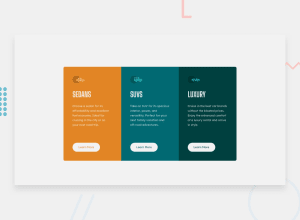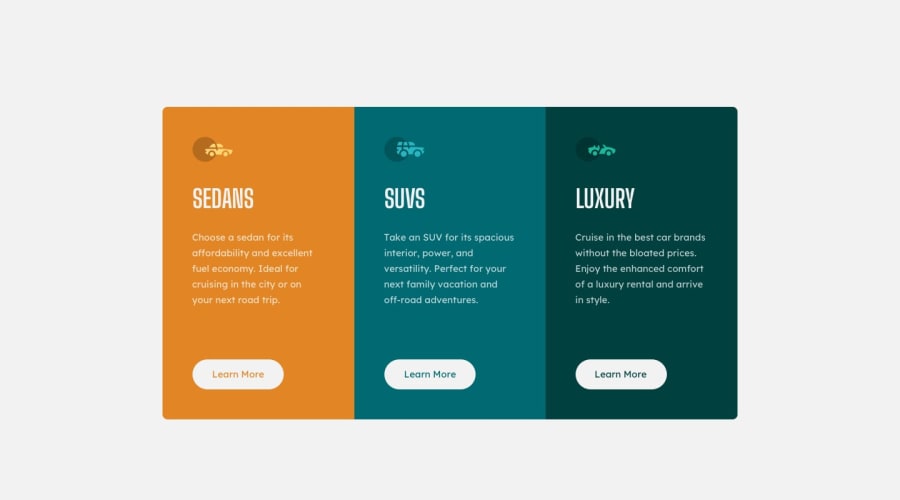
Design comparison
SolutionDesign
Solution retrospective
Looking for advice on how to the the margins rights.
Also, the line break doesn't fully match the design, any advice?
Thanks!
Community feedback
Please log in to post a comment
Log in with GitHubJoin our Discord community
Join thousands of Frontend Mentor community members taking the challenges, sharing resources, helping each other, and chatting about all things front-end!
Join our Discord
